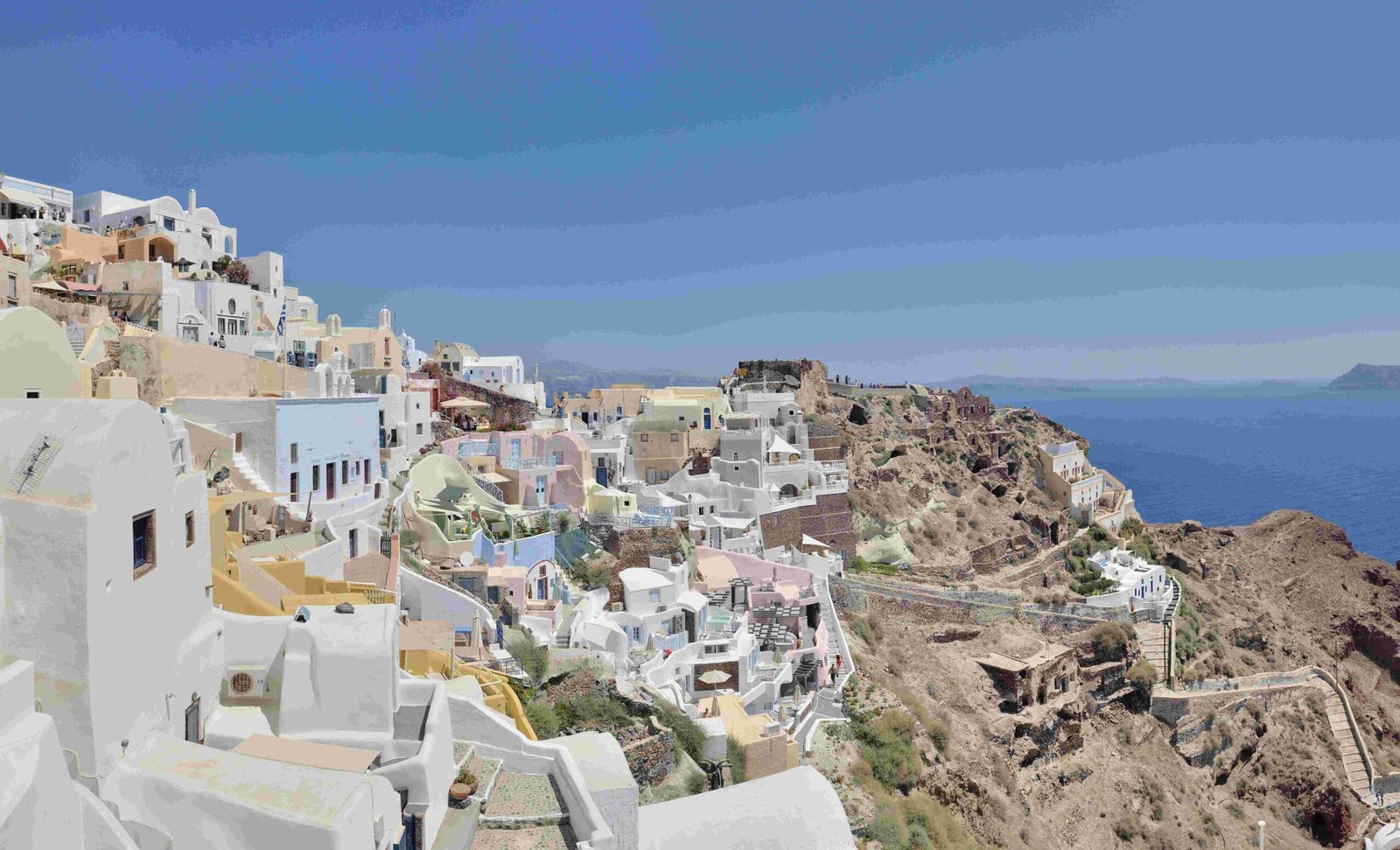Santorini’s ancient villages are a testament to the island’s rich history and cultural heritage. These settlements, some dating back thousands of years, offer visitors a glimpse into the past with their well-preserved architecture, historical landmarks, and traditional way of life. From the prehistoric ruins of Akrotiri to the medieval fortress of Emporio, each village tells a unique story of Santorini’s evolution through the ages.
What Makes Santorini’s Ancient Villages Unique?

Santorini’s ancient villages are characterized by their distinctive Cycladic architecture, narrow winding streets, and breathtaking views of the Aegean Sea. These settlements have withstood the test of time, surviving volcanic eruptions, earthquakes, and centuries of human habitation. Each village has its own charm and historical significance, offering visitors a diverse range of experiences.
Akrotiri: The Minoan Pompeii
- Historical Significance: Bronze Age settlement buried by volcanic eruption circa 1620 BC
- Key Features:
- Well-preserved multi-story buildings
- Advanced drainage system
- Intricate frescoes and pottery
Emporio: The Medieval Fortress
- Location: 8 km south of Fira
- Notable Structures:
- Kastelli fortress
- Goulas Tower
- Church of St. Nicholas Marmaritis
Pyrgos: The Former Capital
- Position: Hilltop location offering panoramic views
- Attractions:
- Pyrgos Castle
- Monastery of Prophet Elias
- Traditional Cycladic houses
How Did These Ancient Villages Evolve Over Time?

The evolution of Santorini’s ancient villages reflects the island’s tumultuous history:
- Prehistoric Era: Establishment of settlements like Akrotiri
- Classical and Roman Periods: Development of new towns and ports
- Byzantine Era: Construction of churches and fortifications
- Venetian Rule: Building of castles and expansion of existing settlements
- Ottoman Period: Adaptation of villages for defense and trade
- Modern Era: Restoration and preservation efforts
What Can Visitors Experience in These Ancient Villages?
Visitors to Santorini’s ancient villages can immerse themselves in history and local culture:
| Village | Experiences |
|---|---|
| Akrotiri | Archaeological site tours, prehistoric artifact viewing |
| Emporio | Exploration of medieval fortress, traditional crafts shopping |
| Pyrgos | Wine tasting, panoramic sunset views, traditional tavernas |
| Mesa Gonia | Quiet walks through restored old houses, local church visits |
| Messaria | Neoclassical mansion tours, wine production insights |
How Accessible Are These Ancient Villages?
Most of Santorini’s ancient villages are easily accessible by car or public bus from the main town of Fira. However, visitors should be aware of the following:
- Narrow streets may limit vehicle access in some areas
- Many villages feature steep inclines and stairs, which may be challenging for those with mobility issues
- Parking can be limited, especially during peak tourist season
What Are the Best Times to Visit Santorini’s Ancient Villages?
To fully appreciate the beauty and history of Santorini’s ancient villages:
- Spring (April-May): Mild weather, fewer crowds, blooming wildflowers
- Fall (September-October): Pleasant temperatures, harvest season, cultural events
- Early Morning: Best for photography and avoiding crowds
- Sunset: Spectacular views, especially from hilltop villages like Pyrgos
How Can Visitors Respect Local Culture While Exploring?
When visiting Santorini’s ancient villages, consider these etiquette tips:
- Dress modestly when entering churches
- Ask permission before photographing locals or private property
- Support local businesses by purchasing authentic crafts and products
- Learn a few Greek phrases to show respect for the local language
- Be mindful of noise levels, especially in residential areas
What Are Some Hidden Gems in Santorini’s Ancient Villages?
Beyond the well-known attractions, discover these lesser-known treasures:
- Akrotiri: The hidden beach of Red Beach, accessible via a short hike
- Emporio: The blue-domed Church of Agios Nikolaos Mavrikis
- Pyrgos: The Art Space Winery, featuring contemporary art in old wine caves
- Mesa Gonia: The Byzantine church of Panagia Episkopi, dating back to the 11th century
- Messaria: The restored Markezinis Mansion, showcasing local history and architecture
By exploring these ancient villages, visitors can gain a deeper appreciation for Santorini’s rich cultural heritage and the enduring spirit of its people.
References:
1. https://www.andronis.com/blog/the-history-of-santorini-a-step-back-in-time/
2. https://thefishermanshouse.com/authentic-villages-santorini/
3. https://santorinitours.org/villages-of-santorini/

